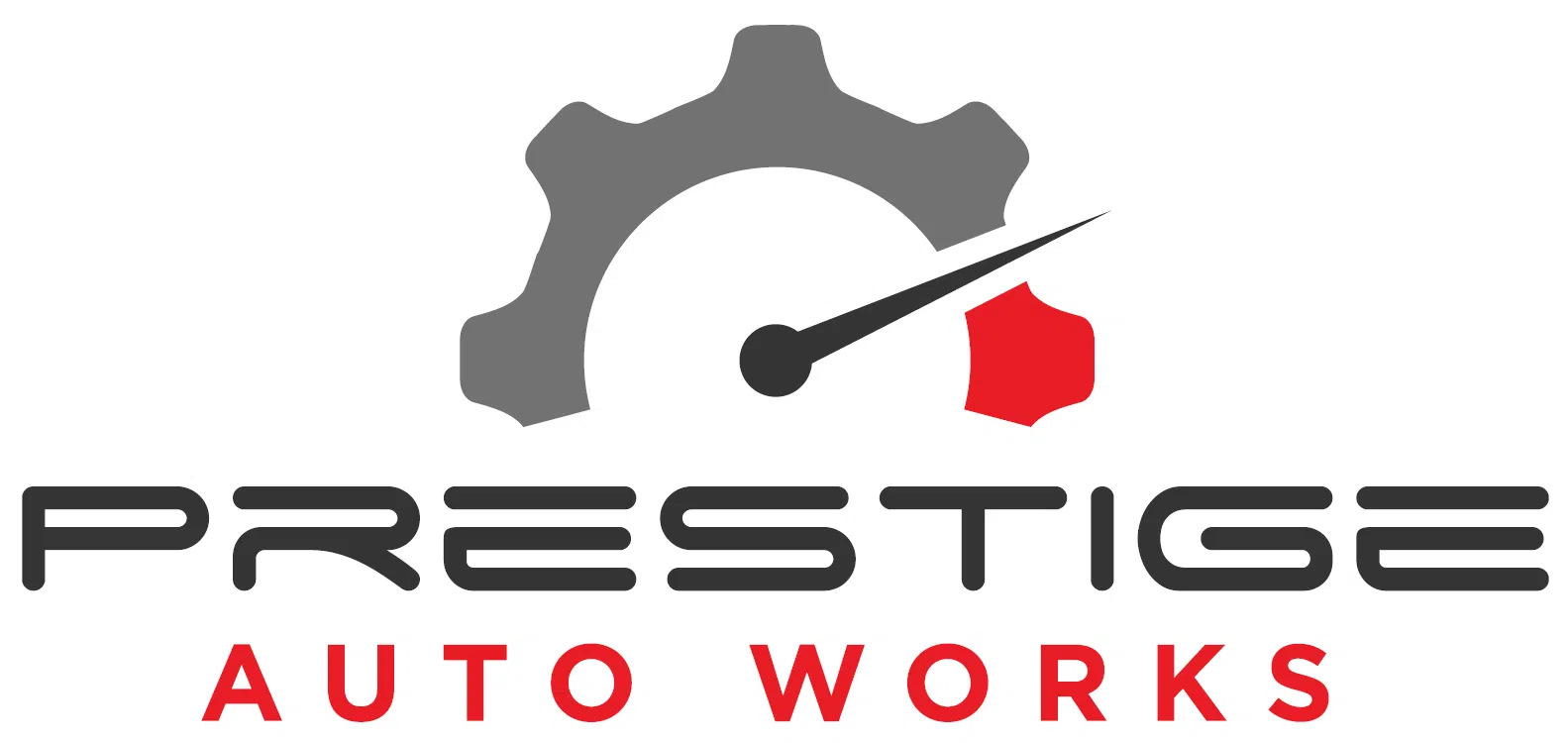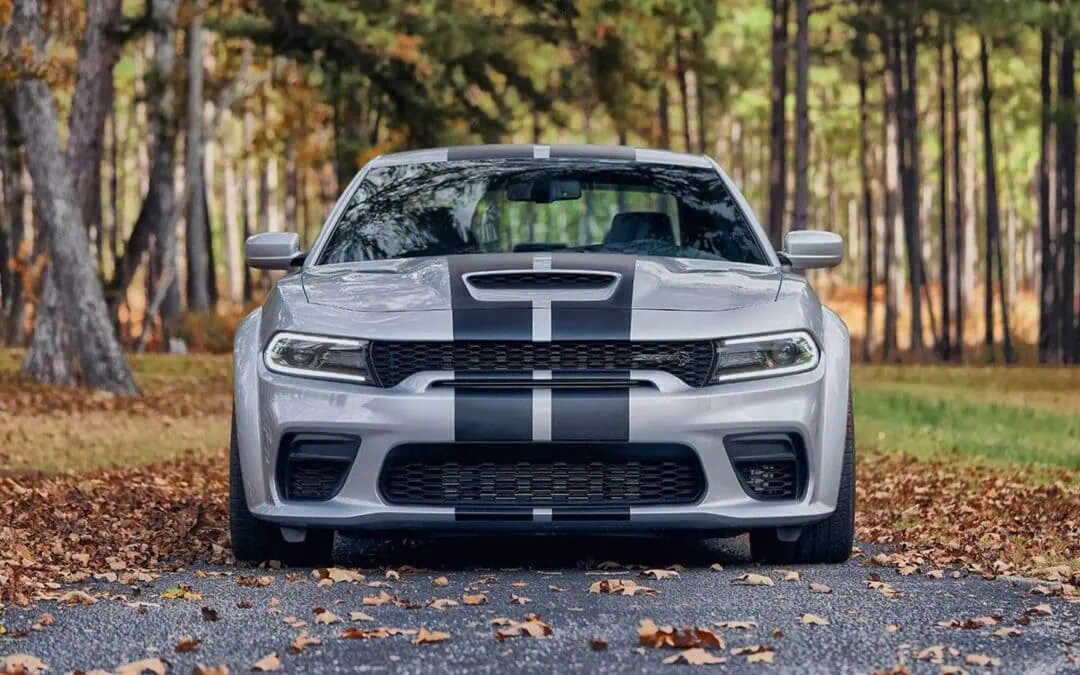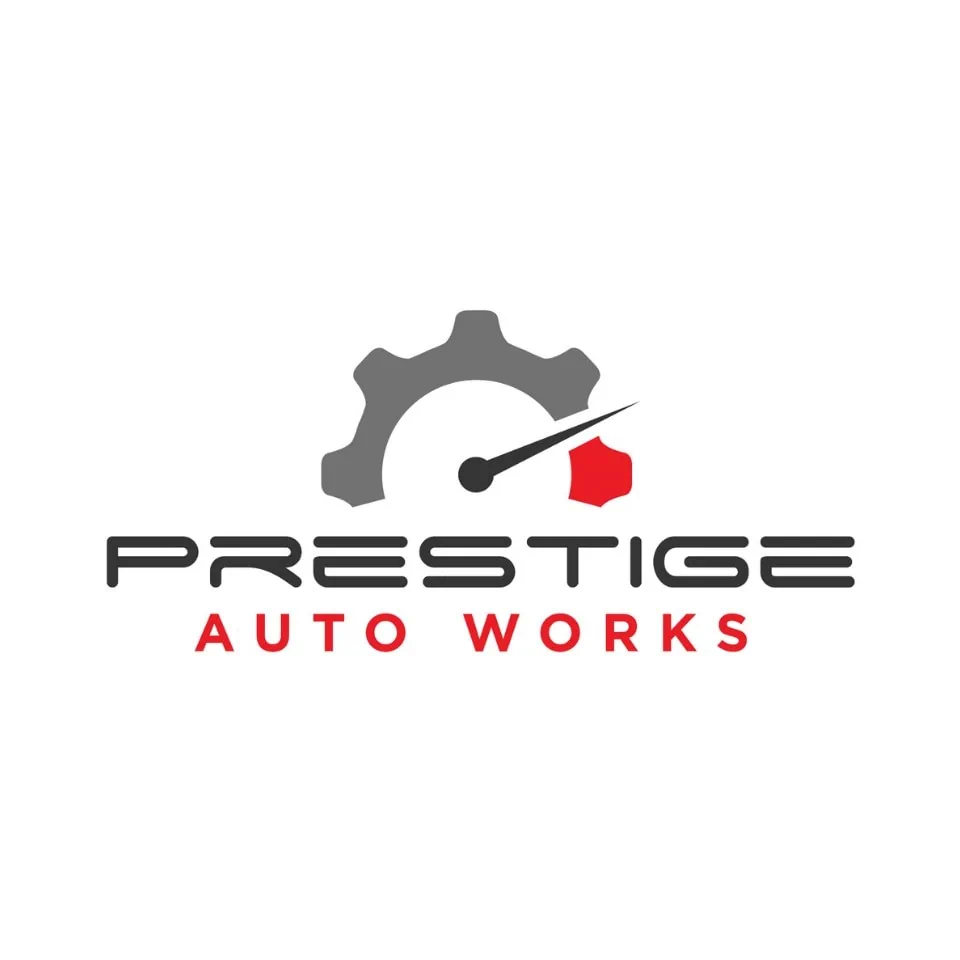A supercharged car has an air compressor attached to the engine in order to force more air inside and thus increase power in the vehicle. Several automobile companies have supercharged cars. Compared to turbochargers, which are prone to lag, supercharging is a much more reliable mode of inducing power. They also require less maintenance than a turbocharger and are less prone to break down. As an owner or a potential owner of a supercharged car, it’s important to learn the necessities of supercharger maintenance. From the professionals in the auto repair sector, here are some valuable tips to making sure your engine (and supercharger) are properly maintained.
1. Coolant
Air is constantly being blown into the engine making it prone to overheating, so be sure to check your coolant and ensure the cooling system is functional. Periodically check the coolant levels with the engine completely cold to make sure coolant is not being lost to a slow unseen weep. If you find that your engine is experiencing a gradual coolant loss from an undetected location, it may be necessary to reinstall the stock 195-degree thermostat temporarily so that the engine can be brought up to full pressure and temperatures. The leak will generally present itself in the form of visible or audible steam. (Escaping steam is dangerous and caution should be used when working with a cooling system under pressure.) Internal coolant leaks from the intake gaskets will result in engine oil contamination visible as a murky appearance and an odor of coolant in the oil. Keeping tabs on your coolant level will help you catch a problem before it can do serious damage to your engine.
2. Fuel Filter
An often overlooked component of the fuel system is the fuel filter. The entire fuel system of a supercharged engine will experience flow rates greater than it ever would have before the supercharger installation. A robust fuel supply is required to keep the engine from experiencing insufficient conditions in the high rpm ranges where fuel flow is at its greatest. Factory change intervals for the fuel filter are conservative and are usually sufficient, but intervals do vary from manufacturer and type of vehicle so be sure to follow maintenance schedules in a timely manner.
3. Belts
A supercharger belt has a life expectancy of 80,000-110,000 km, and should be replaced before reaching this point. Inspect the belt periodically for abnormal wear or if the belt is beginning to squeal during acceleration. Excessive belt tension places additional stress on the belt and bearings and can also lead to metal fatigue on the supercharger and crank shafts. A slipping belt may show signs of black dusty buildup on the bracket or brace near the supercharger pulley. Replacing the belt to resolve a slippage issue should be done if the tension has already been verified to be correct.
4. Combustion Chamber
Oil should be changed frequently (a harder working engine requires more protection!) Check your supercharger air filter for clogging. Carbon build-up in the combustion chamber, with certain combinations of supercharger kits and engine setups, is sometimes more rapid than normal. A number of factors can contribute to carbon build-up such as the lower coolant temperatures and full-throttle fuel enrichment. Carbon build-up will gradually increase the engine’s effective compression ratio and cause hot spots to be present on the top of the piston during the compression stroke – both conditions which will lead to detonation under boost. Carbon is fairly easy to clean out of the engine with any several different, readily available products. GM, for example, makes a product for this use called “Top Engine Cleaner” that is essentially slowly poured into the intake of an idling engine. When the product is gone, the engine is shut off and allowed to sit for 15 minutes after which time it’s restarted and revved up until all the deposits are blown out. It’s very effective and works with all internal combustion engines – supercharged or not. An oil change is recommended after use of such products since they are solvents.
5. Rotors
The rotors or impeller of your supercharger have a faster rotational speed than any other mechanical part on your vehicle. The bearings and seals are built to withstand speeds exceeding 40,000 RPM (in the case of some centrifugal superchargers)! These parts are also more precisely balanced than any other rotating part in your vehicle. Supercharger oil should be checked at least as often as your engine oil changes. Maintaining the recommended oil level is critical since it serves not only as lubricant, but also as a coolant for the bearings and gears. Overfilling the gear case will cause overheating and damage to the seals. Low oil levels will lead to premature bearing and gear wear. When it comes time to change the oil in the supercharger, you may find it looking as clean and new as the day you installed it. Since the supercharger oil does not pick up any combustion byproducts, it generally stays fairly clear. It does, however, pick up micro-contaminates and should always be changed at the suggested intervals regardless of how it appears.
As with any routine maintenance, developing problems can be spotted and resolved before they cause damage and become expensive repairs. A little extra periodic care is the best way to protect your investment now and into the future. With proper maintenance, a suprecharger or a turbocharger can outlast the engine it’s installed on. But without it, it can be destroyed in several thousand miles — or even a few minutes. Routine and specialized maintenance for turbo and supercharged cars is best left to the professionals at Prestige Auto Works. At Prestige Auto Works, we strive to deliver the highest quality auto repairs, customization work, and customer service in Slidell at the fair price that you deserve.
The 5 Most Supercharged Cars
- Dodge Challenger SRT Hellcat: The Hellcat is a true beast with its 6.2-liter supercharged V8 engine that delivers a staggering 717 horsepower. Owners opt for supercharging to maximize power and performance, enjoying the thrill of blistering acceleration and unmatched speed on the open road.
- Ford Mustang Shelby GT500: Equipped with a 5.2-liter supercharged V8 engine producing a jaw-dropping 760 horsepower, the GT500 is a powerhouse on wheels. Supercharging provides relentless power delivery, allowing owners to experience exhilarating track performance and an adrenaline-pumping driving experience.
- Chevrolet Camaro ZL1: The ZL1 boasts a 6.2-liter supercharged V8 engine generating an impressive 650 horsepower. Supercharging enhances the Camaro’s performance capabilities, providing exceptional acceleration and track prowess, making it a top choice for speed enthusiasts and track-day enthusiasts alike.
- Mercedes-AMG C63 S: With a 4.0-liter twin-turbocharged V8 engine producing 503 horsepower, the C63 S is already a formidable performer. However, some owners opt to supercharge it to further enhance power output and responsiveness, delivering a thrilling driving experience and unmatched engine performance.
- Jaguar F-Type SVR: The F-Type SVR features a 5.0-liter supercharged V8 engine producing an impressive 575 horsepower. Supercharging takes this sports car to another level, providing blistering acceleration and a distinctive engine note that delights enthusiasts seeking uncompromising power and a thrilling driving experience.
Owners supercharge these cars to unlock their true performance potential. Supercharging significantly increases horsepower and torque, resulting in blistering acceleration and top speeds that can push the boundaries of what these cars are capable of. It enhances the overall driving experience, offering an adrenaline rush and a thrilling sense of power. Supercharged cars deliver instant throttle response, ensuring quick overtakes and exhilarating bursts of speed. Whether it’s for track performance or the sheer joy of driving, owners choose to supercharge these cars to indulge in the ultimate driving experience and unleash the full power of their high-performance vehicles.
- About the Author
- Latest Posts
With more than two decades of experience, Prestige Auto Works stands as an authority in the automotive industry in Slidell. Our team is bolstered by top-level dealer certifications and the constant presence of an ASE master technician, ensuring expertise in everything from routine maintenance to complex engine replacements.


